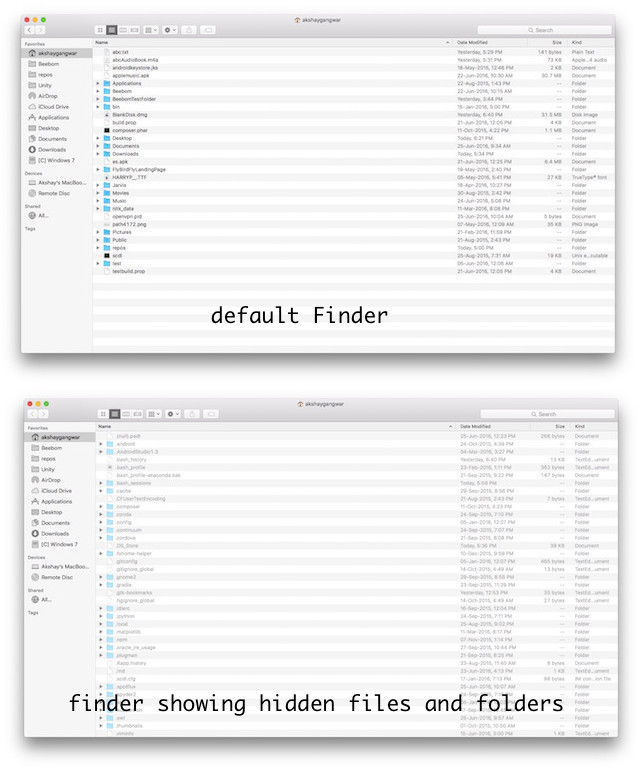Last week, Google unveiled its highly anticipated Pixel 3 and Pixel 3 XL flagship phones. The OLED panel on the higher-end XL model was promptly recognized as the ‘Best Smartphone Display’ by DisplayMate.
I initially found it challenging to accept such a bold claim outright, as it marked the Pixel 3 XL as the fourth device in 2018 to earn this accolade. It joined other top-tier flagships like the Galaxy S9, Galaxy Note 9, and iPhone XS Max — all renowned for their exceptional displays.
Now, with in-depth lab tests from DisplayMate at our disposal, let’s delve into the Pixel 3 XL’s screen and explore what sets it apart:
Before delving into technical jargon, let’s discuss the hardware specifications of the Pixel 3 XL’s 6.3-inch OLED panel. It boasts an almost bezel-less design, with a negligible top bezel except for the bathtub notch, and a sizable chin housing the front-firing speaker. The screen features an 18:5:9 aspect ratio and a 2960×1440 Quad-HD+ resolution, with an impressive pixel density of 523 pixels per inch.
Accurate and Vibrant Colors!
According to DisplayMate’s lab tests, Google’s latest flagship phone earns an overall A+ assessment grade, indicating its display boasts near-perfect calibration accuracy and performance that is Visually Indistinguishable From Perfect. Google seems to have addressed user feedback from the issues encountered with the Pixel 2 XL, prioritizing not only display accuracy but also vibrancy on the Pixel 3 XL.
DisplayMate reveals that the Pixel 3 XL screen utilizes Sub-Pixel Rendering and Diamond Pixels, arranging blue, green, and red sub-pixels in a diamond pattern to enhance sub-pixel packing and sharpen the display. This device boasts 100% APL brightness of 405 nits and a home screen brightness of 425 nits, still lower than the iPhone XS Max.
“The Pixel 3 XL display appears Perfectly Sharp for normal 20/20 Vision at Typical Smartphone Viewing Distances of 10 to 18 inches.”
DisplayMate states that the Pixel 3 XL features high screen brightness and low screen reflectance (just 4.3%, observed in our unit), crucial for color accuracy, readability, and content quality in bright ambient light like direct sunlight.
HDR Support
The Pixel 3 XL’s display supports two important color gamuts – sRGB for regular content and Wide DPI-P3 for 4K and expanded color, contrast ratio, and perfect blacks on OLED displays. It also offers mobile HDR 10 support for streaming 4K UHD content, placing it on par with Android competitors.
With two color standards, the Pixel 3 XL offers versatile color mode selection, enhancing the viewing experience.
Improved Viewing Angles
In DisplayMate’s tests, the Pixel 3 XL outperforms the Pixel 2 XL in viewing angles, with only a 28% decrease in brightness at a 30-degree angle, compared to the typical 55% or more. This allows multiple users to comfortably view content together.
The notch, occupying 2.3% of the screen area, according to DisplayMate, becomes inconspicuous over time, a common trait observed in most notched phones.
Top-Notch Display: Pixel’s Finest Yet?
The Pixel 3 XL boasts an OLED display heralded by DisplayMate for its unparalleled color accuracy, contrast ratio, and resolution, surpassing other flagships. Notably, it exhibits minimal color shift and reflectance.
Since its debut, we’ve exclusively used the Pixel 3 XL. DisplayMate’s technical analysis reaffirms its superiority over last year’s Pixel 2 XL and its comparability with current flagship models.
This marks a substantial improvement from last year when Google faced criticism for equipping its flagship hardware with a subpar display, plagued by burn-in, color degradation, and blue shift issues.
Now that you’re aware of the Pixel 3 XL’s exceptional display quality, does it pique your interest as a potential flagship purchase? Share your thoughts in the comments below.

Pritam Chopra is a seasoned IT professional and a passionate blogger hailing from the dynamic realm of technology. With an insatiable curiosity for all things tech-related, Pritam has dedicated himself to exploring and unraveling the intricacies of the digital world.


